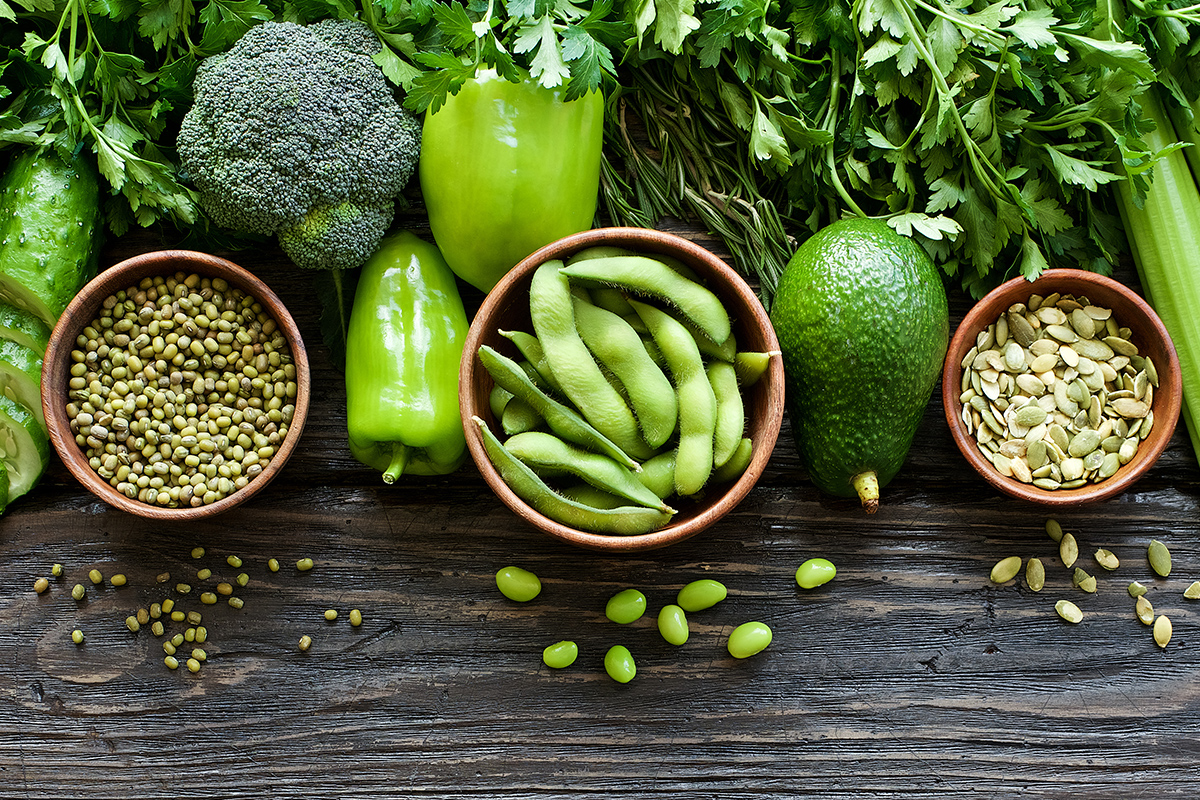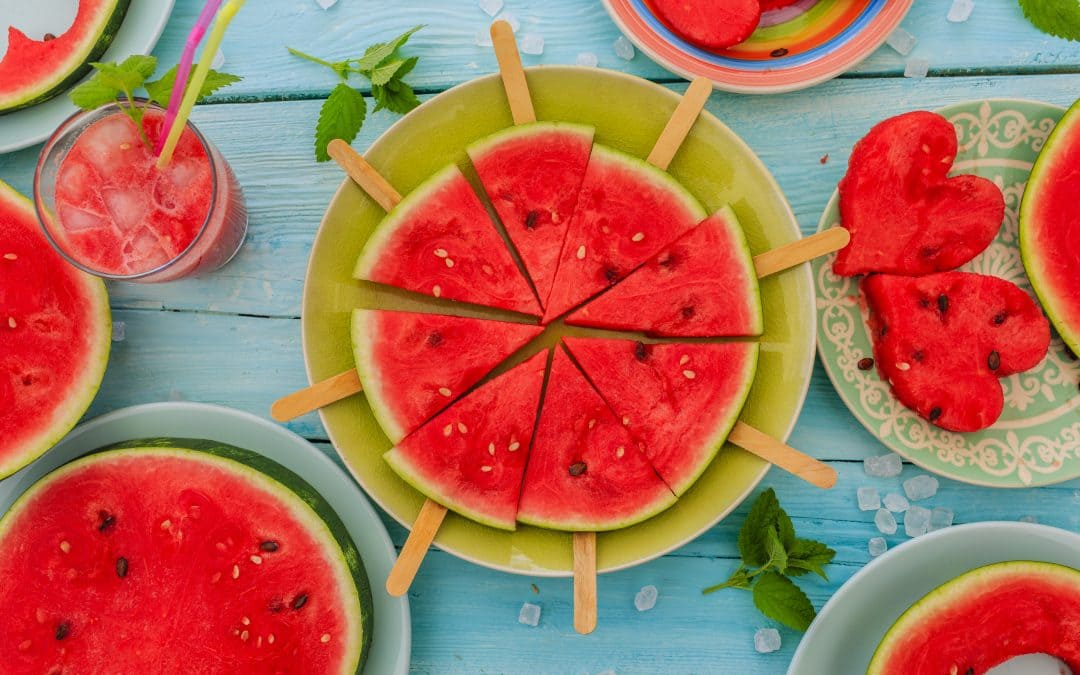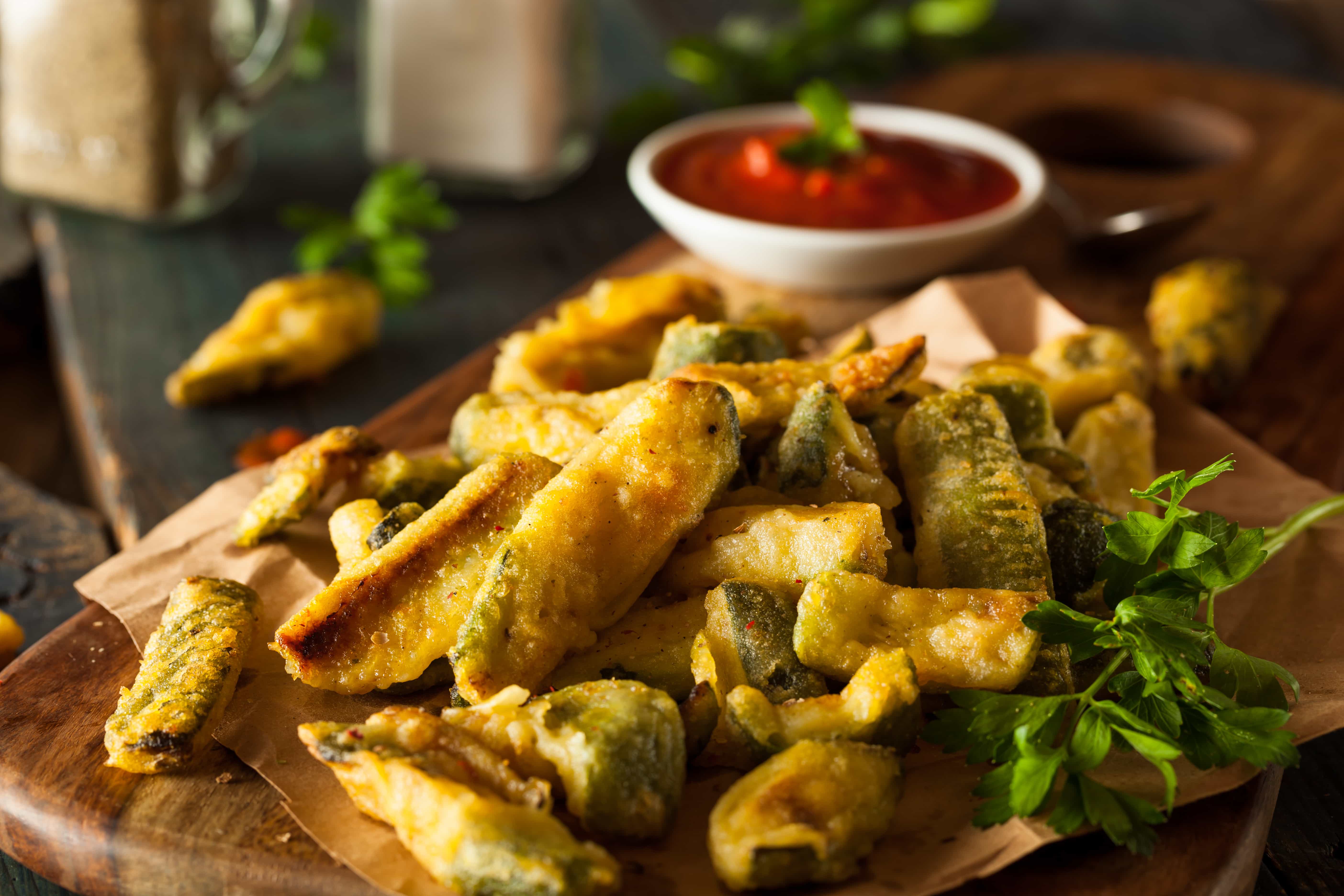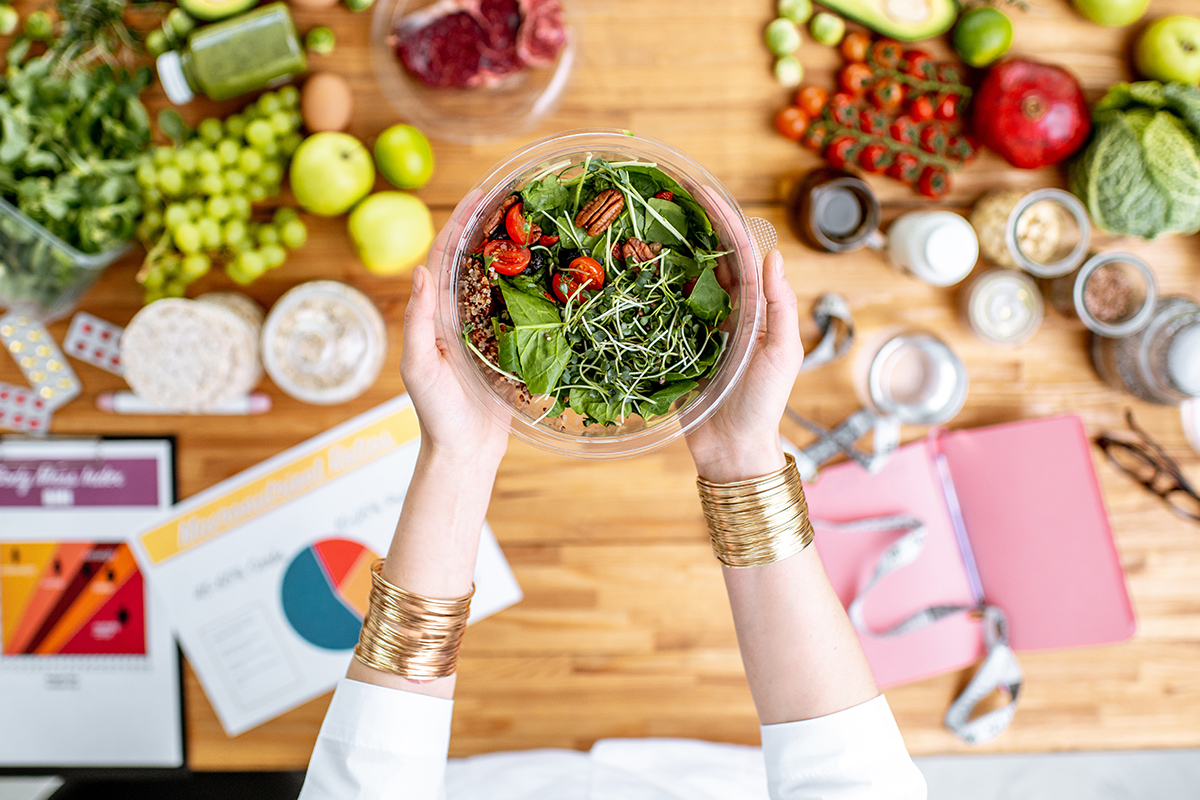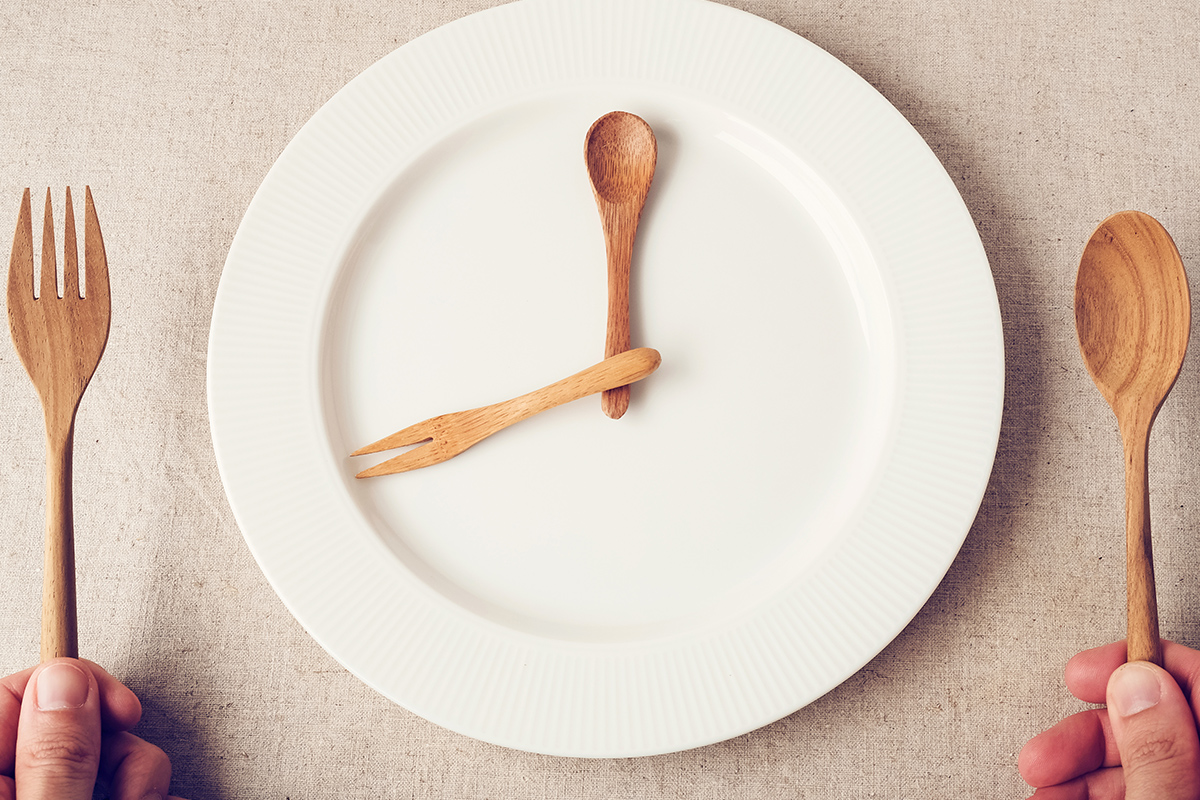Debbie James, RDN, helps answer a reader’s question about what to do when weight loss hits a standstill, even though you’re doing everything right.

How Do I Keep From Losing Weight Unintentionally? | Q+A

Question:
I have been working out 5 to 6 days a week. Almost 3 years now. Consuming 3700- 4000 calories, 400+ carbs and 180+ protein daily, and still dropping weight at an alarming rate. Any suggestions on what I can do to add pounds or keep from losing? I’m 175lbs.
– Preston B.

Answer:
Hello Preston. If you have been losing weight unintentionally, you should see your physician to rule out any underlying problem. Your energy needs may be higher than you think. It’s not unheard of for a very physically active and lean man to require 6000 calories a day! My immediate nutrition recommendation would be to stop counting calories, consume more of what you already eat, and add highly caloric foods to your day.
Energy dense foods include: Dried fruit, Avocados, Coconut, Cheese, Ground beef, Nuts, Tortillas and Granola.

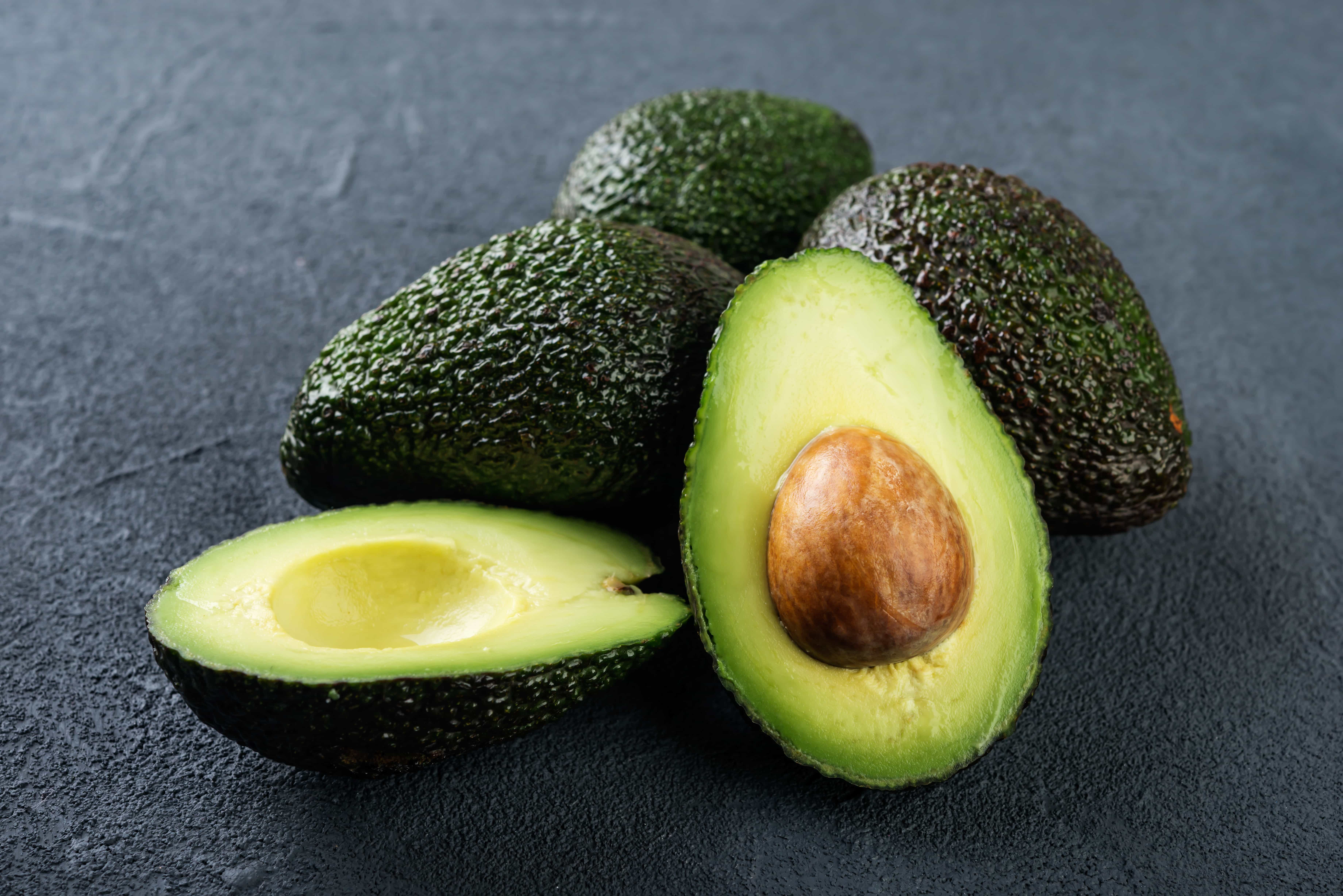
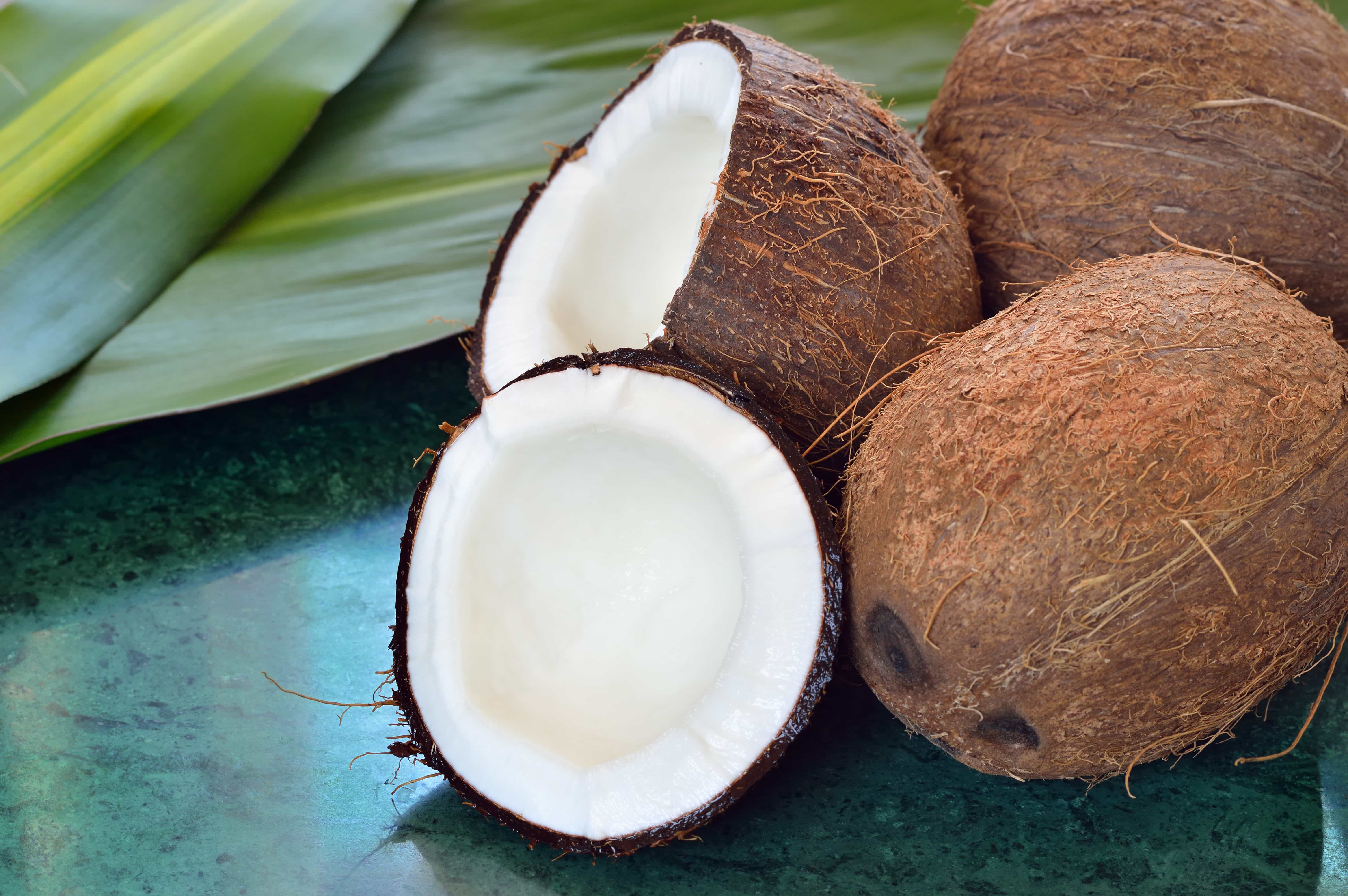


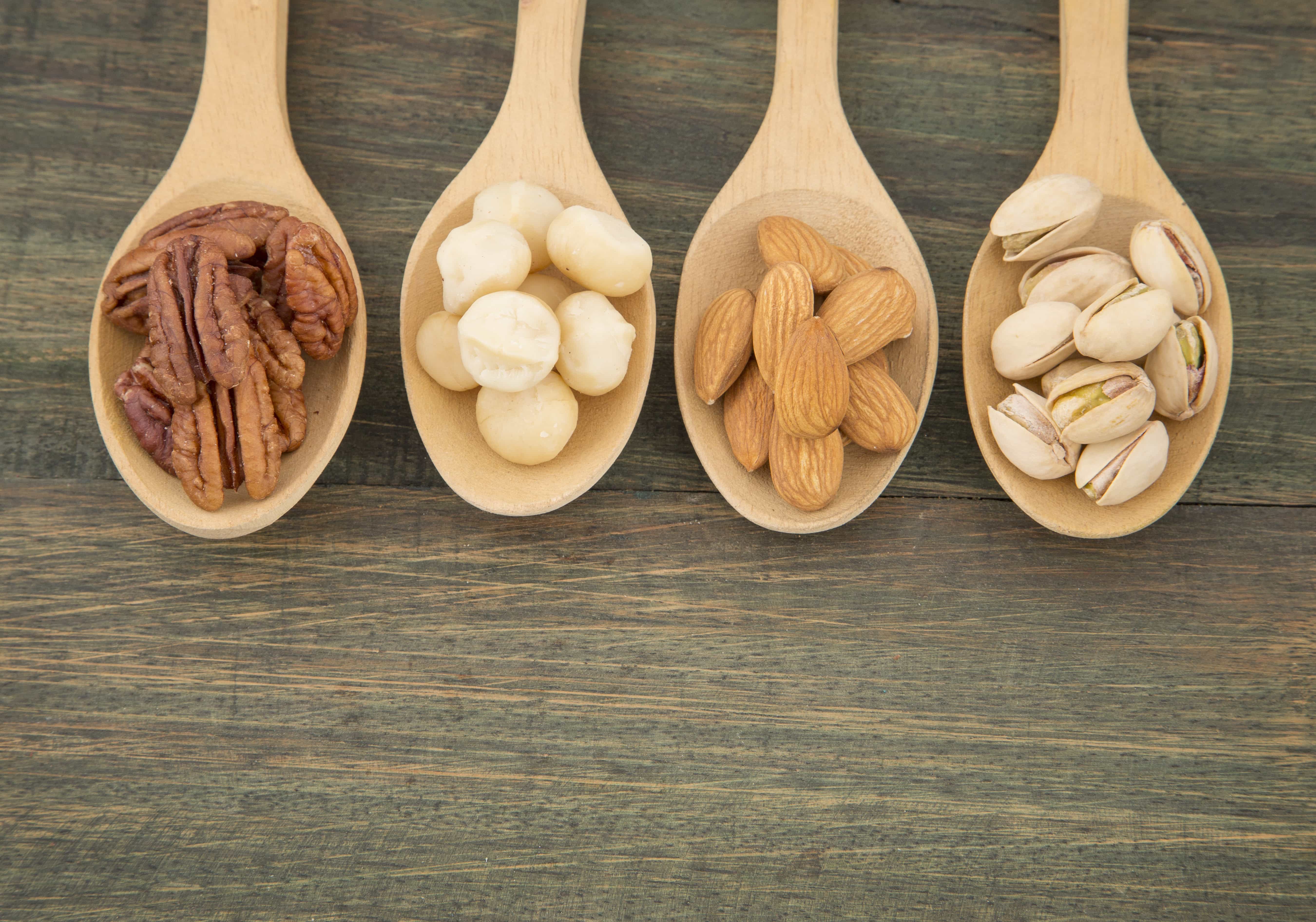


Rich toppings include: Dips, Dressing, Sauce, Hollandaise, Real gravy, Margarine, Mayonnaise, and Syrup.


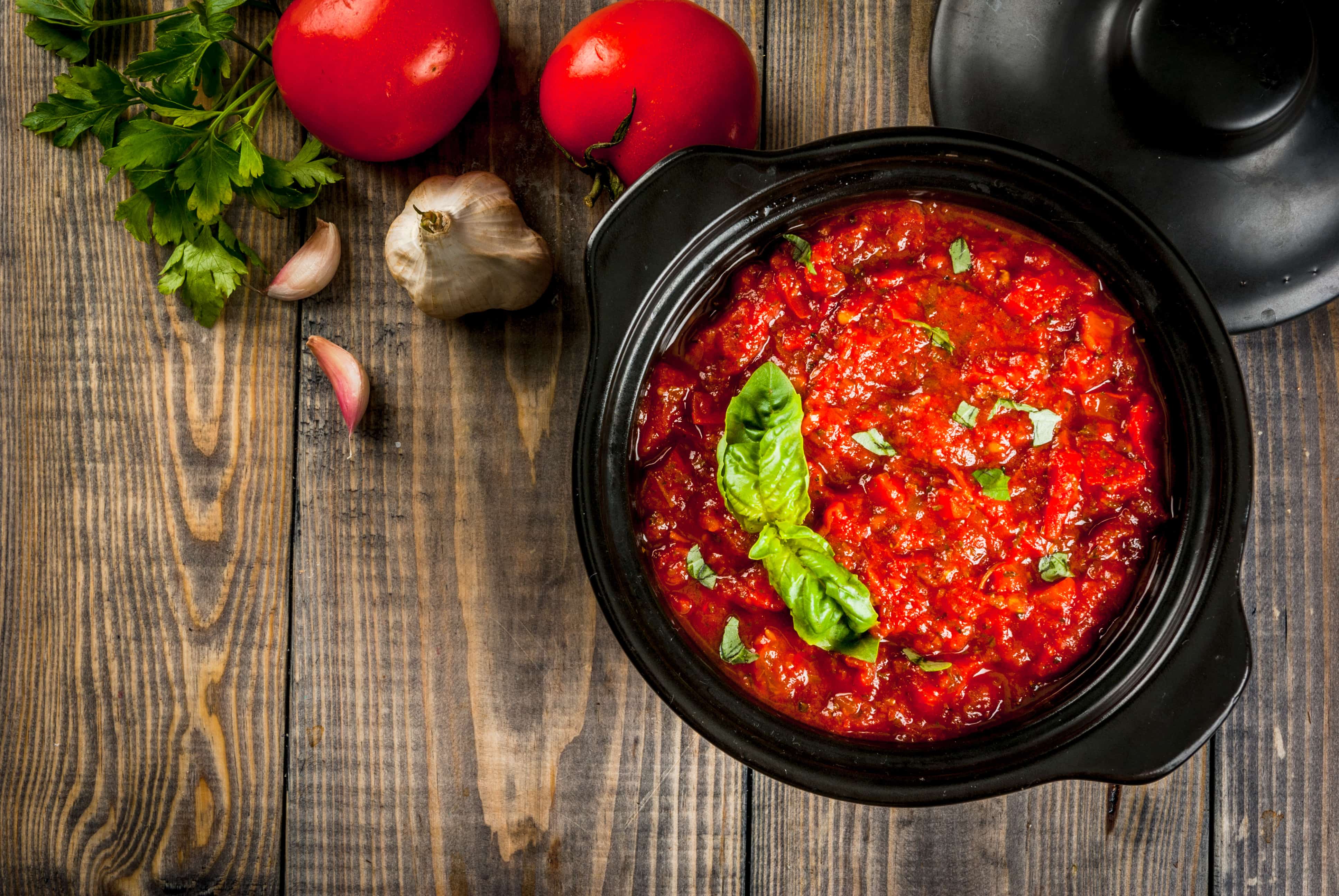





– Debbie J., MS, RD
This article should not replace any exercise program or restrictions, any dietary supplements or restrictions, or any other medical recommendations from your primary care physician. Before starting any exercise program or diet, make sure it is approved by your doctor.
Some questions have been edited for length and/or clarity.
Want more? SUBSCRIBE to receive the latest Living Healthy articles right in your inbox!
Ask our Dietitian
 Have a nutrition question? Our registered dietitian is ready to help!
Have a nutrition question? Our registered dietitian is ready to help!
Email nutrition@lafitness.com or submit your question below and it may be featured in an upcoming article!
Recommended Reading
Understanding Yoga and Meditation – Podcast Ep. 37
On this episode of the Living Healthy Podcast, we are joined by LA Fitness Yoga Instructor, John Lyman, to discuss what it’s like to practice Yoga.
10 Nutritious Ingredients for Your Green Juice
What’s the difference between juicing and blending? Click to find out and to get some delicious and nutritious ingredient ideas!


